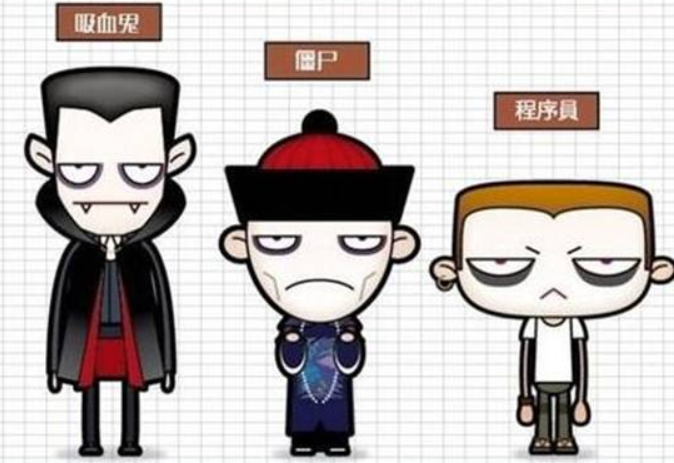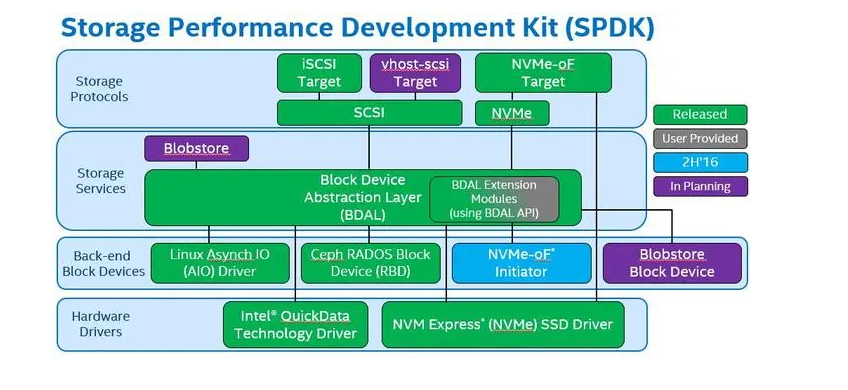Peptides are processed and presented by Major Histocompatibility Complex class I (MHC-I) molecules through a complex pathway that involves several cellular components, including calnexin and tapasin.
Peptide processing in the endoplasmic reticulum (ER):
- MHC-I molecules are synthesized in the endoplasmic reticulum (ER) as a complex consisting of a heavy chain, a beta-2 microglobulin (β2m), and an associated peptide.
- During synthesis, newly formed MHC-I molecules are recognized and bound by calnexin, which acts as a chaperone protein to assist in proper folding and assembly.
- Calnexin helps prevent the premature association of MHC-I with peptides until they have been correctly folded.
Peptide loading with the help of tapasin:
- Tapasin is another ER-resident protein that plays a crucial role in MHC-I peptide loading.
- Tapasin forms a bridge between MHC-I molecules and Transporter associated with Antigen Processing (TAP) complexes present on the ER membrane.
- TAP transports cytosolic peptides into the ER lumen where they can bind to MHC-I molecules.
- Tapasin recruits TAP to the peptide-loading complex, promoting efficient transfer of peptides from TAP to MHC-I.
- This process ensures that only high-affinity peptides optimally stabilize MHC-I molecules, enhancing their antigen presentation capacity.
Peptide-MHC-I complex trafficking:
- Once loaded with suitable peptides, the stable peptide-MHC-I complexes are released from calnexin binding.
- They proceed through the secretory pathway within transport vesicles for further maturation.
- The matured peptide-MHC-I complexes are transported to the cell surface via the Golgi apparatus and exocytosis pathways.
The presented peptide-MHC-I complexes on the cell surface can then be recognized by cytotoxic T cells, initiating an immune response against infected or abnormal cells. Calnexin and tapasin play critical roles in ensuring proper folding of MHC-I molecules and efficient peptide loading, respectively, ultimately contributing to effective antigen presentation by MHC-I.
内容由零声教学AI助手提供,问题来源于学员提问





















